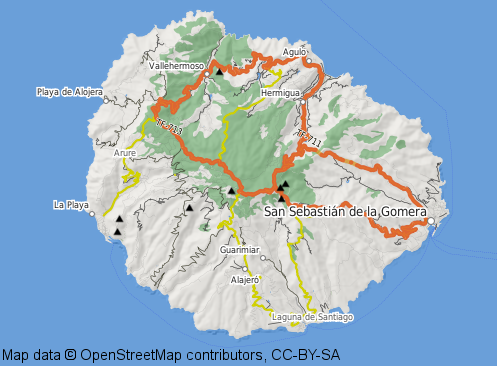Being a Debian User for a long time now, I can live quite well running Debian stable, because official backports and backports I build on my own, work around the problem of the long release cycles quite nicely.
This is arguably a little bit more work than updating to a recent Version of Ubuntu twice a year, but fortunately Debian does not tend to break on updates 😉
However, with Debian’s recent move to Multiarch support coming in the next major release (wheezy) building backports is currently not that easy as it used to be anymore.
Fortunately the Multiarch conversion howto gives some hints but naturally in a somewhat inverted way.
As I did not find a DE-multi-arch-HOWTO on the web, here is a 4-step mini HOWTO:
- Remove the following line from debian/rules (if present):
DEB_HOST_MULTIARCH ?= $(shell dpkg-architecture -qDEB_HOST_MULTIARCH) - Remove all occurrences of
$(DEB_HOST_MULTIARCH)in debian/rules (only the pattern itself, keep the surrounding stuff) - Replace occurrences of
/*/in all files debian/*.install by a single/
This can be done using the following command:
for i in debian/*.install; do sed -i -e 's;/\*/;/;g' $i; done - Remove all the lines starting with
Multi-Arch:in debian/control
Hopefully this will be useful to other people crawling the web.

Neueste Kommentare